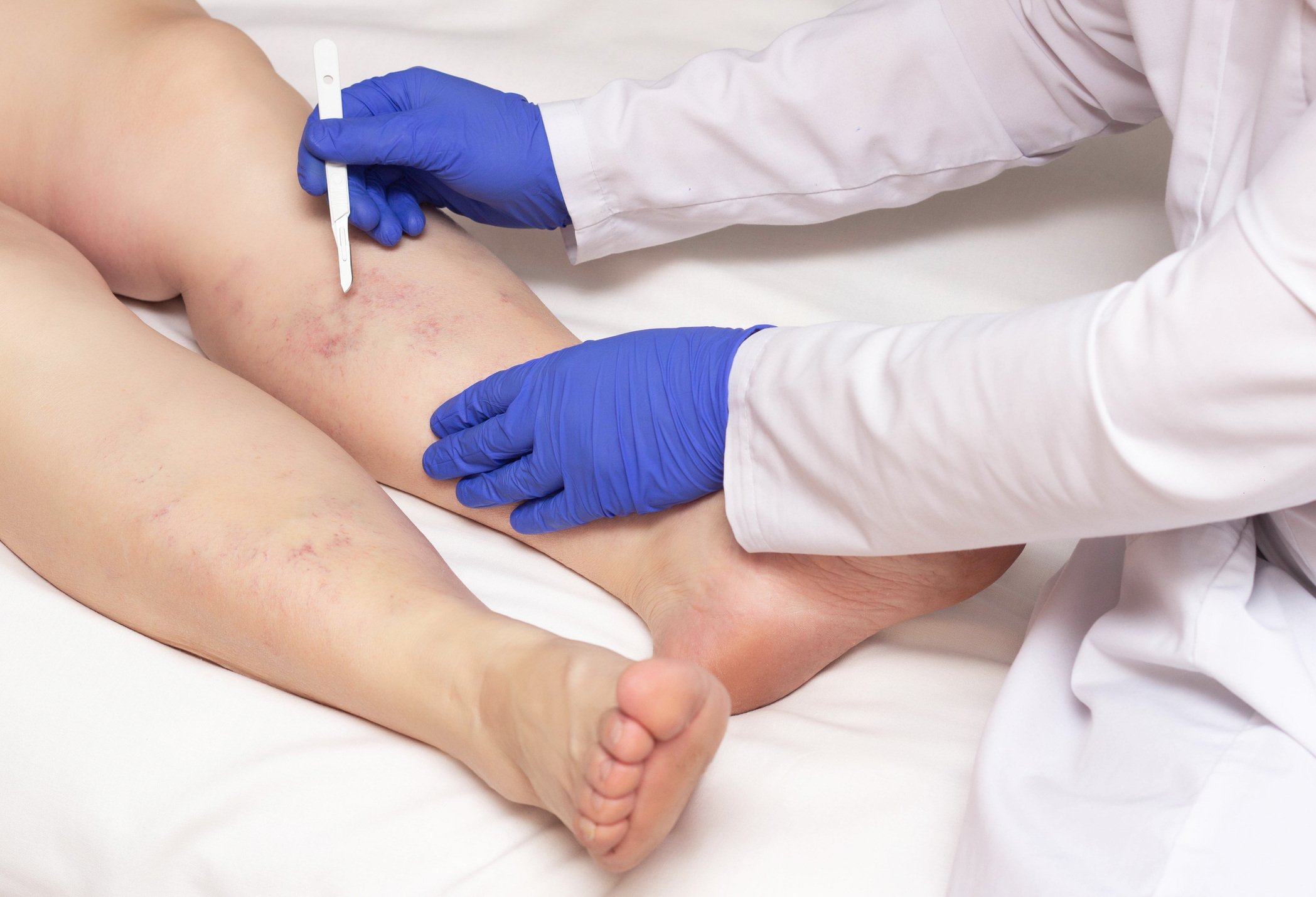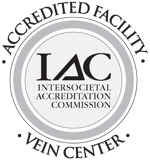At the Vein Institute of New Jersey, one of the most common concerns we hear from patients undergoing treatment for Chronic Venous Insufficiency (CVI) is, "Do I need the veins you are removing?"
This is a valid question, but it’s important to understand that the veins we remove are not functioning properly, and their removal actually helps restore healthy blood flow. Let’s dive into the details and debunk this common myth.
Understanding Chronic Venous Insufficiency (CVI)
CVI occurs when the veins in your legs do not work efficiently to return blood back to your heart. Normally, veins have one-way valves that prevent blood from flowing backward. However, in people with CVI, these valves become damaged or weakened, leading to blood pooling in the legs, causing symptoms like swelling, pain, varicose veins, and skin changes.
The veins affected by CVI are often referred to as “lazy veins” because they fail to do their job. These veins are no longer contributing to the proper circulation of blood in your body and, in fact, they are making things worse by allowing blood to flow in the wrong direction.
Why Removing the Veins Is Beneficial
The idea of removing veins might sound alarming, but it’s essential to know that the veins targeted in treatments like sclerotherapy, Endovenous laser ablation, or vein stripping are already dysfunctional. Removing or closing off these abnormal veins redirects blood flow through healthier veins, which can efficiently return blood to your heart.
Here’s why you don’t need to worry about losing these veins:
- Restoration of Normal Blood Flow: The veins removed in CVI treatment are not effectively returning blood to the heart. Their removal allows your body to reroute blood through properly functioning veins, thereby restoring the normal one-way flow of blood from your legs to your heart.
- Improvement of Symptoms: By removing these faulty veins, you can experience significant relief from the symptoms of CVI, including reduced swelling, decreased pain, and improved appearance of your legs.
- Prevention of Complications: Leaving these damaged veins untreated can lead to more serious complications, such as skin ulcers, infections, and possible deep vein thrombosis (DVT). Removing them helps prevent these potential issues and promotes overall vascular health.
The Role of Your Healthy Veins
Your body has an extensive network of veins, and even after treatment, there are plenty of healthy veins left to carry out the essential task of returning blood to your heart. The veins that remain after treatment are more than capable of handling the circulation needs of your body, and they do so more efficiently without the interference of dysfunctional veins.
Myth Busted: You Don’t Need the Faulty Veins
It’s natural to feel concerned about any medical procedure that involves removing parts of your body, but when it comes to treating CVI, the veins being removed are doing more harm than good. By eliminating these veins, our vascular surgeons at the Vein Institute of New Jersey are helping to restore proper circulation and improve your overall vascular health.
If you’re experiencing symptoms of CVI or have been recommended for vein removal, rest assured that this treatment is designed to enhance your well-being. You don’t need the veins that are being removed—they’re not helping your body and, in fact, their removal will likely lead to significant improvements in your symptoms and quality of life.
At the Vein Institute of New Jersey, our focus is on helping you achieve the best possible vascular health. If you have concerns about vein removal or want to learn more about your treatment options, schedule a consultation with one of our board-certified vascular surgeons. We’re here to answer all your questions and provide you with the care you need to feel your best.








.jpg?width=944&name=Castle-Connolly-Top-Doctors-Emblem-Large%20(4).jpg)